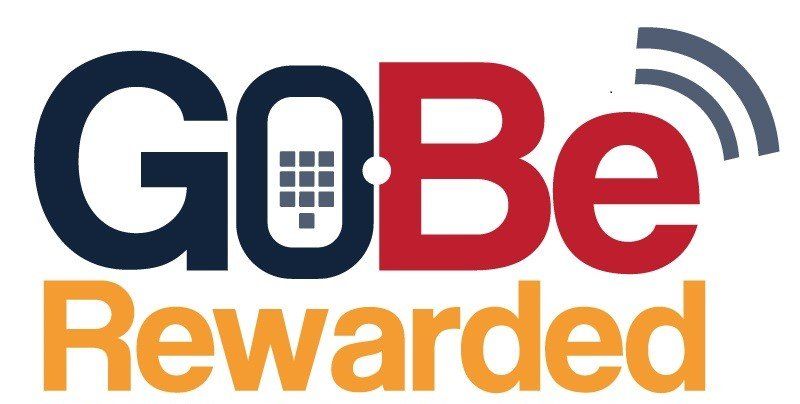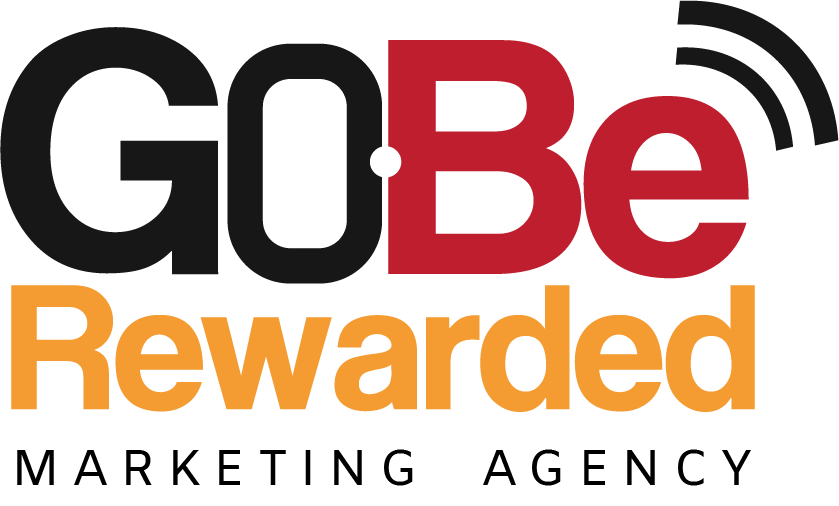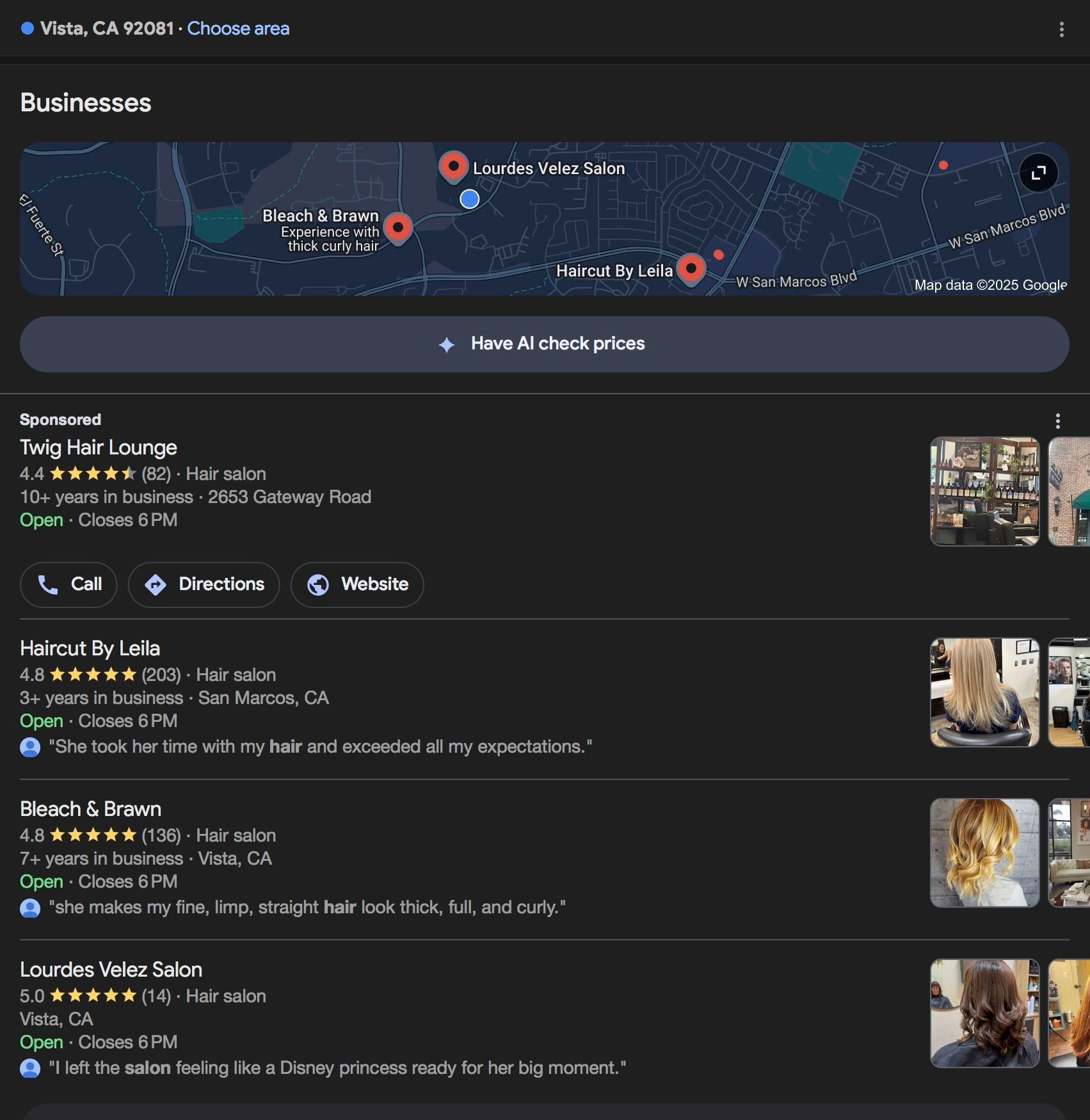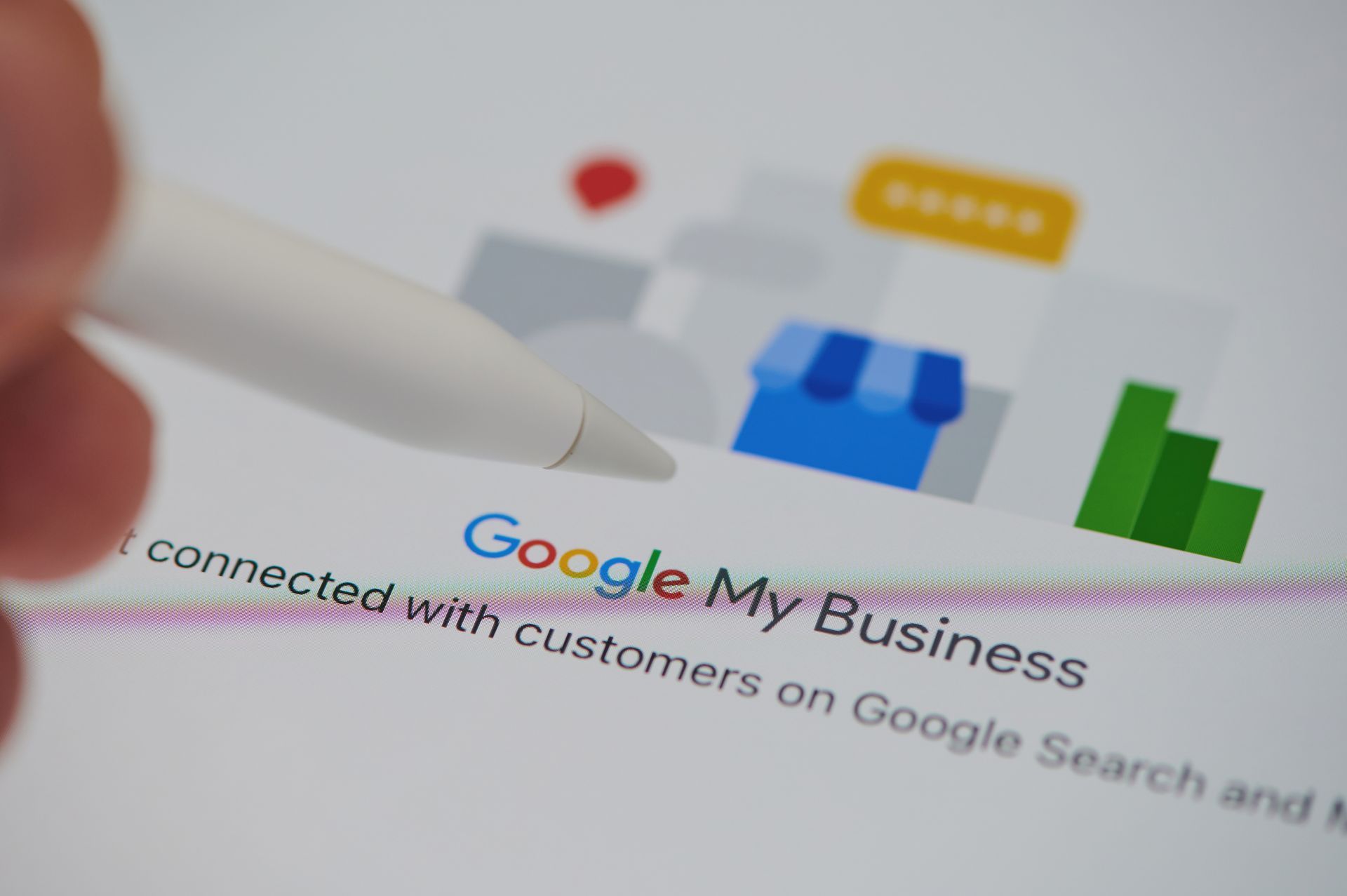The Pros and Cons of Hiring a Web Design Agency vs. a Freelancer
Web Design Agency vs. Freelancer: Pros and Cons to Consider for Your Small Business Website Design.

Web Design Agency vs. Freelancer:
Making the Right Choice for Your Business
In today’s digital age, having a strong online presence is critical for businesses of all sizes. A well-designed website can make all the difference in attracting new customers, building credibility, and boosting sales. However, not all businesses have the skills or resources to design and develop their own websites. This is where the decision of whether to hire a web design agency or a freelancer comes in. In this article, we’ll explore the pros and cons of each option to help you make the best choice for your business.
Web Design Agency Pros:
A Team of Experts:
One of the biggest advantages of hiring a web design agency is having a team of experts at your disposal. Agencies typically have designers, developers, copywriters, and project managers who work together to create a cohesive and effective website. This means that you’re not relying on just one person’s skills or knowledge, but rather a group of professionals with different areas of expertise.
A Wider Range of Services:
Agencies offer a wider range of services than freelancers, including branding, marketing, and website maintenance. This means that you can get everything you need in one place, rather than having to work with multiple freelancers. This can save time and money in the long run.
More Experience:
Web design agencies tend to have more experience than freelancers, simply because they work with a wider variety of clients and projects. This means that they have a better understanding of what works and what doesn’t in terms of design, user experience, and functionality.
Scalability:
If your business grows and you need additional services or support, an agency is better equipped to handle those changes than a freelancer. They have the resources and manpower to take on larger projects and handle multiple clients at once.
Cons of Hiring a Web Design Agency:
Higher cost:
One of the biggest drawbacks of hiring a web design agency is the higher cost compared to hiring a freelancer. Agencies have higher overhead costs, such as salaries for multiple employees, office space rent, and equipment expenses. This can result in higher fees for clients.
Less control over the design process:
With an agency, the client may have less control over the design process. Agencies may have their own design style or process that may not align with the client's vision. The client may also have to go through multiple layers of communication to get changes made to the design, which can lead to delays and miscommunication.
Less personal attention:
With an agency, the client may not receive the same level of personal attention as they would with a freelancer. Agencies may have multiple clients and projects at the same time, which can result in less focused attention on the client's project.
Longer turnaround time:
Due to their larger size and potentially more complex processes, agencies may have a longer turnaround time for projects compared to freelancers. This can be a disadvantage for clients who need their website completed quickly.
Potentially less flexibility:
Agencies may have more rigid processes and contracts compared to freelancers, which can limit the client's ability to make changes or adjustments to the project scope.
Pros of Hiring a Freelancer:
Lower cost:
One of the most significant advantages of hiring a freelancer over an agency is the lower cost. Freelancers typically have lower overhead costs, resulting in lower fees for clients.
More control over the design process:
With a freelancer, the client typically has more control over the design process. The freelancer can work closely with the client to understand their vision and create a customized design that aligns with their goals and preferences.
Personal attention:
Freelancers often work on a one-on-one basis with clients, which can result in more personal attention and a more tailored approach to the project.
Potentially faster turnaround time:
Freelancers may be able to complete projects faster than agencies since they do not have as many layers of communication or complex processes to navigate.
More flexibility:
Freelancers may be more flexible in terms of project scope and pricing, which can allow clients to make changes or adjustments as needed.
Cons of Hiring a Freelancer:
Potentially less expertise:
While some freelancers may have a high level of expertise in web design, others may not have the same level of experience or training as an agency. This can result in a lower quality of work or potential issues with the website.
Less stability:
Freelancers may not have the same level of stability or consistency as an agency. They may not always be available or may move on to other projects or clients, which can result in delays or issues with ongoing maintenance and updates.
Limited resources:
Freelancers may have limited resources compared to an agency, such as access to specialized software or equipment. This can limit their ability to create certain types of designs or functionality.
Potential communication issues:
Freelancers may be working remotely or have limited availability, which can result in communication issues or delays in response time.
Potential lack of accountability:
Freelancers may not have the same level of accountability as an agency, which can result in issues with deadlines, quality of work, or ongoing support.
Conclusion:
When it comes to hiring a web designer, both agencies and freelancers have their pros and cons. Small businesses need to carefully consider their budget, goals, and requirements before deciding which option is best for them. Agencies offer more resources, structure, and support, but may be more expensive. Freelancers offer more flexibility and may be more affordable, but may have limited resources and may lack management skills. Ultimately, the key is to choose a web designer who can deliver a high-quality website that meets your needs and helps your business succeed online.

